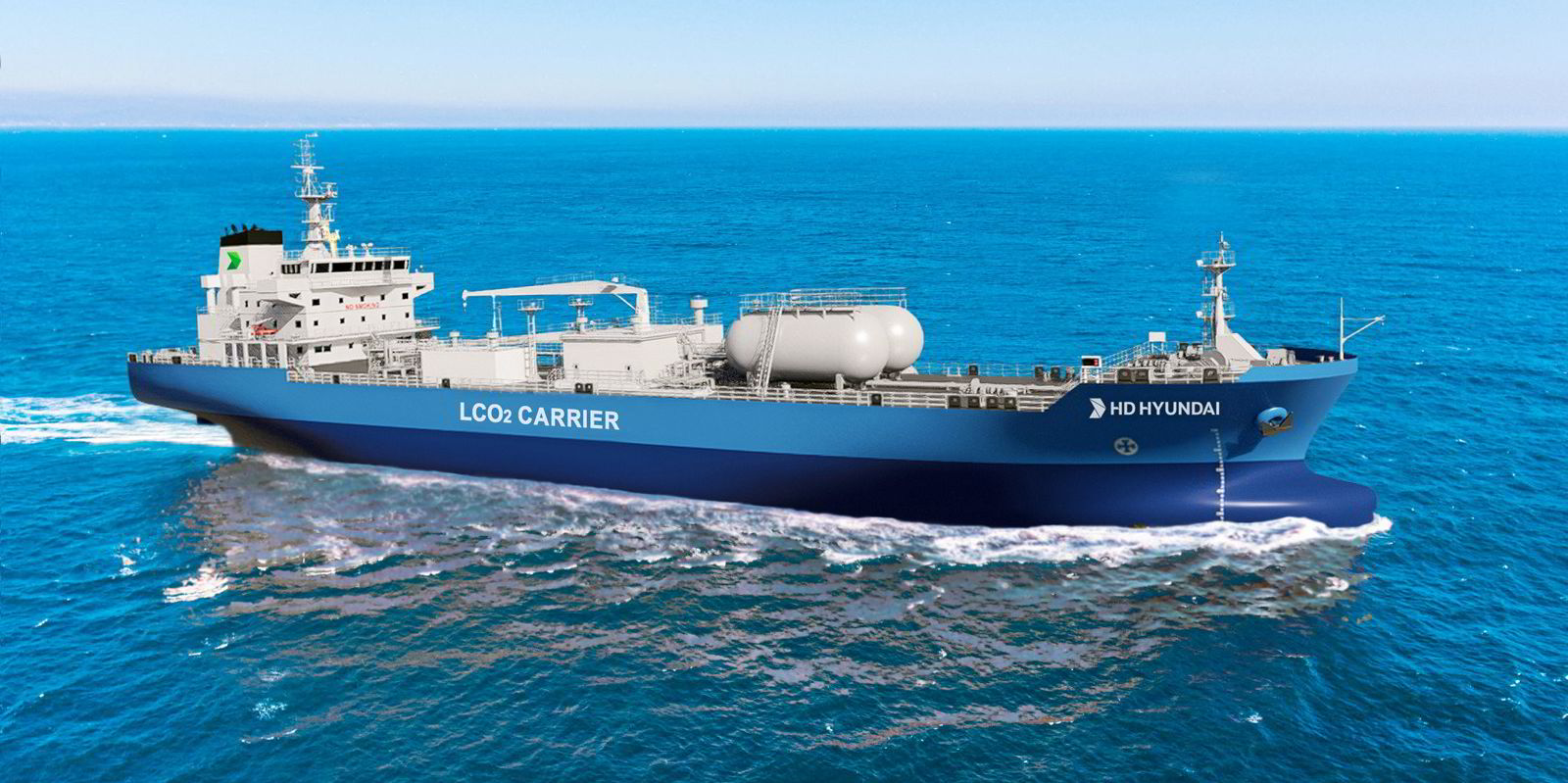US electrochemical start-up Mattiq has high hopes for a new greener propulsion method for shipping.
The company, spun out by researchers at Northwestern University in Illinois, believes it can speed up the development of direct ammonia fuel cells.
This technology would be more efficient than ammonia combustion engines, according to Dr Michael Ashley, the company’s head of product management.
He told TradeWinds that the system would also avoid heat-intensive cracking of ammonia to produce hydrogen, with ammonia being used as a direct source of electricity.
The challenge now is identifying and sourcing the suitable catalyst metals required by these direct ammonia fuel cells.
Ashley said Mattiq uses nano-technology and artificial intelligence to evaluate materials quickly.
Although it is in the early stages of development, he said Mattiq is “rapidly testing a vast number of design combinations”.
Then the company plans to move to a prototype stage in partnership with manufacturers.
“It’s early days for us in this business, but we’re really excited about the potential,” Ashley said.
“A direct ammonia fuel cell is a really promising route towards decarbonisation.”
15 years of development
The company was created in 2021 after 15 years of development at Northwestern.
“It got to a point where we were ready,” Ashley told TradeWinds.
Shipping came on to its radar towards the end of last year.
“As we were surveying the landscape of applications for which there is a need for an improved electro-catalytic system, the shipping sector really stuck out as one that really made sense to us,” Ashley said.
He added that fuel cells have a “higher ceiling for performance”.
And when ammonia is cracked, it can leave a trace that can severely damage a fuel cell.
Mattiq claims fuel cells are also more efficient than an ammonia combustion engine, which should be ready in 2024.
In addition, combustion involves by-products.
“When you combust ammonia there is quite a bit of NOx production,” Ashley said. “There are ways to process this but it would be preferable overall to not produce that NOx in the first place.”
Enough power for the biggest ships?

The big question is can fuel cells power large deepsea ships?
“Ultimately we think they can,” Ashley said. “There’s a lot of work to be done to get from here to there.”
But he believes combustion engines can form part of a transition towards ammonia.
“We can learn how to set up the infrastructure to get ammonia on to ships,” Ashley said.
“But over time as fuel-cell systems become more compact, it will be more efficient and viable to pack more energy into that smaller space and at that point it will make much more sense to use fuel cells instead of combustion.”
He said the cost of the ammonia as a fuel will be equivalent, but the efficiency of fuel cells means shipowners will need to use less.
Ashley also said the capital costs associated with making both fuel cells and combustion engines will drop.
But he argued that there is more room for improvement on cost for fuel cells, because this is a new technology that has only really been produced over the last couple of years.
Chicago-based Mattiq banked $15m of seed funding earlier this year in a financing round led by Boston-based venture capital firm Material Impact.
By 2024, the company will have synthesised and analysed more than one trillion novel material combinations within the context of real-world industrial systems.




